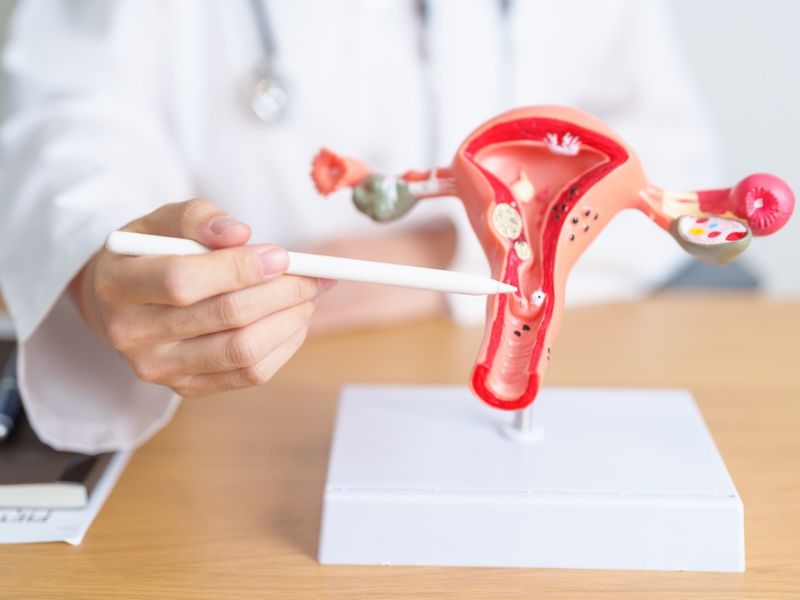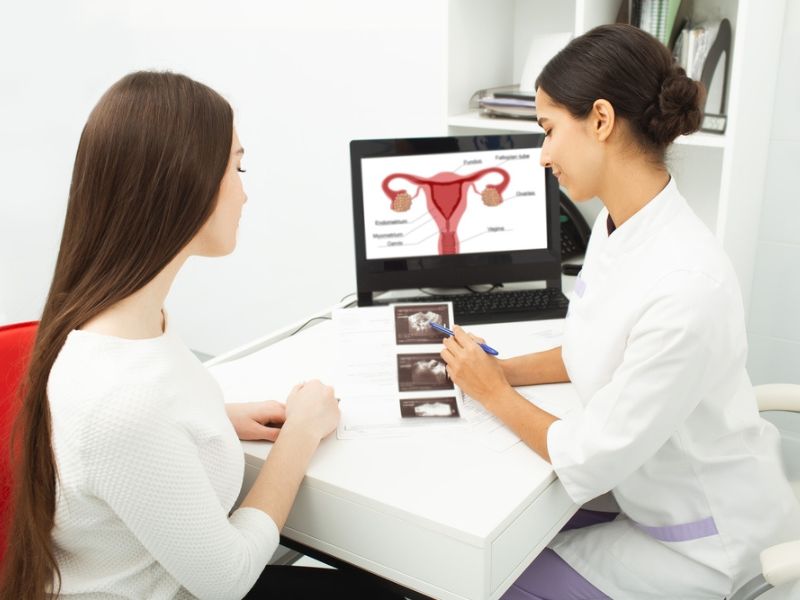An inverted uterus, or uterine inversion, is a rare but severe complication that can occur during childbirth. It happens when the uterus turns inside out and protrudes through the cervix, causing intense pain, bleeding, and shock. Although uterine inversion is rare, it is considered one of the most severe complications of childbirth and requires immediate medical attention.
There are three types of uterine inversion: complete, partial, and prolapsed. Full inversion occurs when the uterus is turned inside out and protrudes through the cervix, while partial inversion occurs when only part of the uterus is inverted. Prolapsed inversion happens when the uterus turns inside out but remains in the vagina.

Image Credit: Shutterstock/Jo Panuwat D
The causes of uterine inversion can vary, but it is most commonly associated with excessive traction on the umbilical cord during the third stage of labor. Other factors that can increase the risk of uterine inversion include a weak or atonic uterus, a previous history of inversion, uterine fibroids, and abnormal placental attachment.
Symptoms of uterine inversion can include severe pain, vaginal bleeding, shock, and a mass protruding from the vagina. If you experience any of these symptoms during or after childbirth, seek immediate medical attention.
Treatment for uterine inversion involves manually repositioning the uterus back into its correct position. It is usually done under anesthesia, and can apply several techniques are depending on the type and severity of the inversion. Repositioning the uterus may not be possible, in which case a hysterectomy may be necessary.

Image Credit: Shutterstock/Peakstock
Prevention of uterine inversion involves careful management of the third stage of labor. It includes administering oxytocin to promote uterine contractions, controlled cord traction to deliver the placenta, and avoiding excessive force or traction on the umbilical cord.
A uterine inversion during childbirth is a rare but severe complication that requires immediate medical attention. Understanding the symptoms, causes, and treatment options can help women and healthcare providers recognize and manage this potentially life-threatening condition. Proper management and prevention strategies can reduce the risk of uterine inversion.